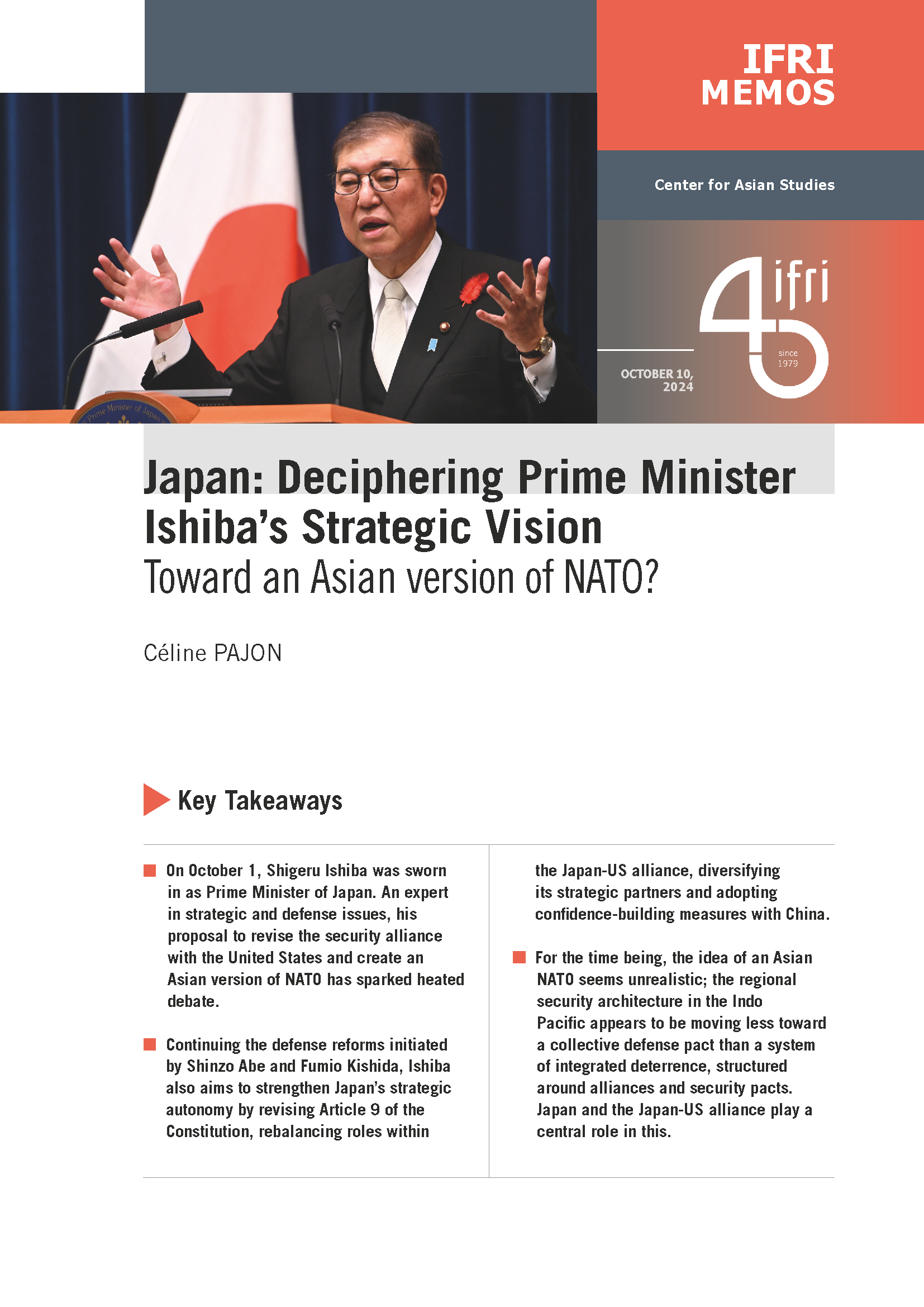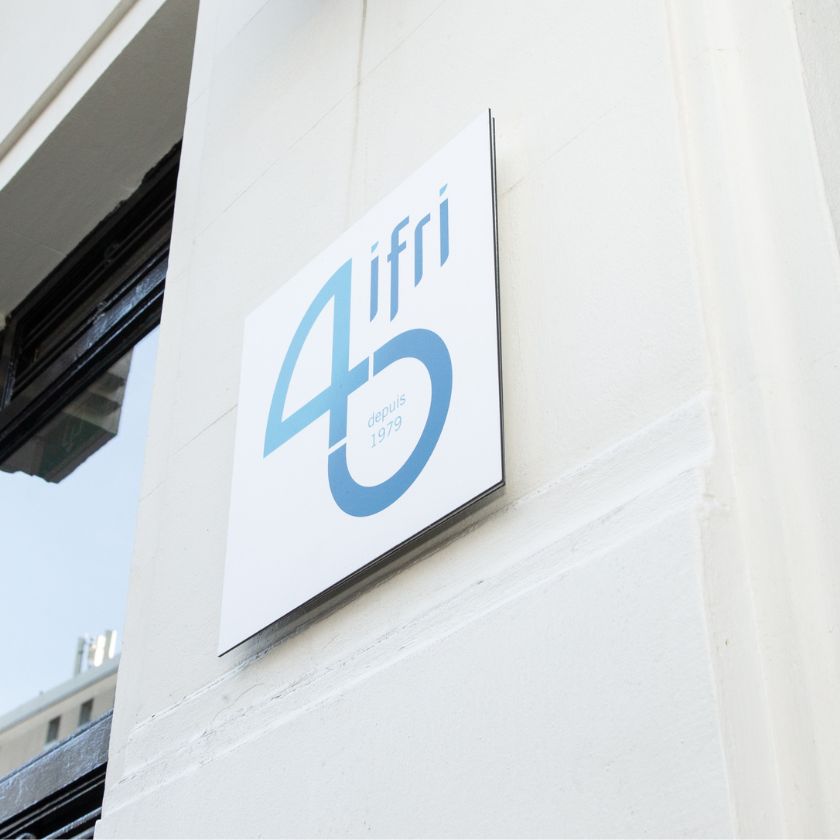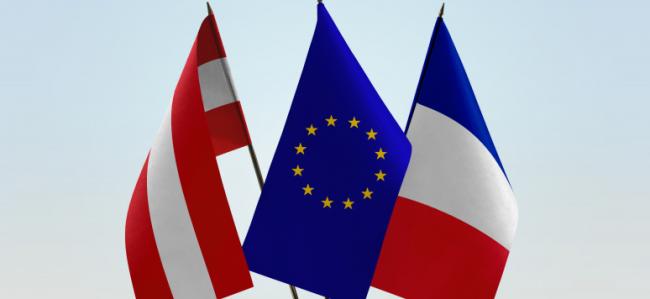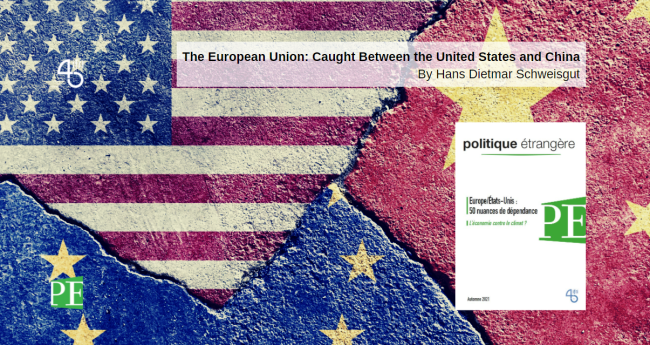Serbia moving ahead towards trade liberalization with EU?
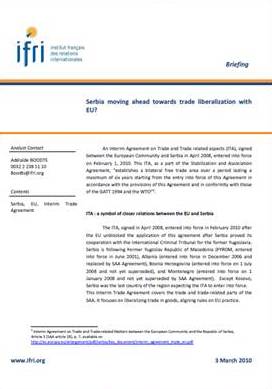
An Interim Agreement on Trade and Trade related aspects (ITA), signed between the European Community and Serbia in April 2008, entered into force on February 1, 2010. This ITA, as a part of the Stabilization and Association Agreement, “establishes a bilateral free trade area over a period lasting a maximum of six years starting from the entry into force of this Agreement in accordance with the provisions of this Agreement and in conformity with those of the GATT 1994 and the WTO”.
The ITA, signed in April 2008, entered into force in February 2010 after the EU unblocked the application of this agreement after Serbia proved its cooperation with the International Criminal Tribunal for the former Yugoslavia. Serbia is following Former Yugoslav Republic of Macedonia (FYROM, entered into force in June 2001), Albania (entered into force in December 2006 and replaced by SAA Agreement), Bosnia Herzegovina (entered into force on 1 July 2008 and not yet superseded), and Montenegro (entered into force on 1 January 2008 and not yet superseded by SAA Agreement). Except Kosovo, Serbia was the last country of the region expecting the ITA to enter into force. This Interim Trade Agreement covers the trade and trade-related parts of the SAA. It focuses on liberalizing trade in goods, aligning rules on EU practice.
According to Mr. Degert’s declaration, chief of the EU Delegation in Serbia, this agreement will “contribute to the predictability of business operation conditions, companies’ competitiveness and the equalizing of conditions for all markets participants”. Since its signature in April 2008, the ITA was implemented unilaterally by Serbia. In this way, Serbia proved its bona fide will to be closer to the EU.
Download the full analysis
This page contains only a summary of our work. If you would like to have access to all the information from our research on the subject, you can download the full version in PDF format.
Serbia moving ahead towards trade liberalization with EU?
Related centers and programs
Discover our other research centers and programsFind out more
Discover all our analysesThe European Union: Caught Between the United States and China
The United States and the European Union (EU) are now both in agreement regarding China – long viewed benevolently – as a systemic rival in the international order.
The Governance of Energy Poverty in Southeastern Europe
This report presents the outcomes of a recently-completed research project1 aimed at uncovering the different ways in which energy poverty – understood as a condition wherein the domestic energy services available to a household are below socially and materially necessitated levels – is produced by, and mitigated through, the interaction of relevant decision-making institutions in the energy, social welfare, health and housing domains. The project focused on conditions in Southeastern Europe, where energy prices have been recently on the rise despite falling incomes and poor access to efficient and adequate energy services.



